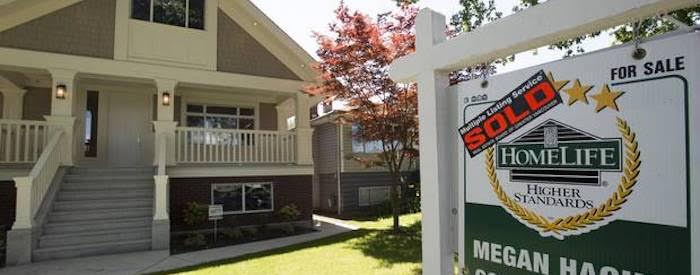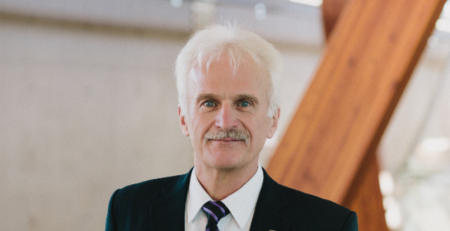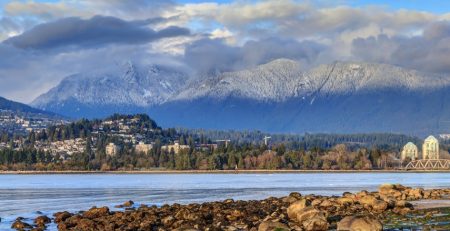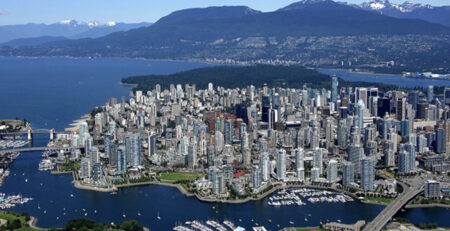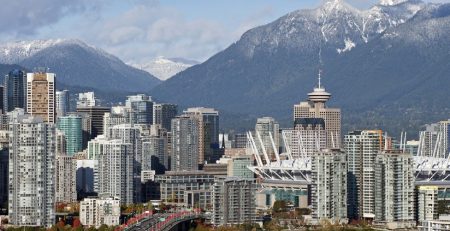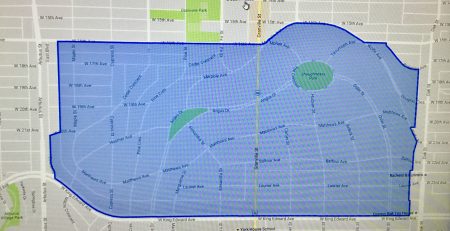Vancouverites learning to love life with less living space
[Source: The Globe and Mail, November 11, 2016]
Young families aren’t leaving Vancouver. People aren’t in despair because they can’t buy a house with a yard.
They’re learning to adapt to and even love an urban life in which they have less space but more connections with their neighbourhood.
And it’s not this region’s tightly constrained geography or the sole effect of foreign capital washing in that makes housing so expensive. Instead, it’s policy decisions that reserve so much of the available land for big houses on big lots.
Those are a few of the popular-wisdom-busting conclusions that University of B.C. sociology professor Nathanael Lauster has arrived at as he’s studied Vancouver’s unique place in North America when it comes to housing.
Prof. Lauster, who has just published a book called The Death and Life of the Single-Family House: Lessons from Vancouver on Building a Livable City, makes the case that Vancouver is creating a new model for city living – and that many residents are taking it up enthusiastically.
In fact, Vancouver has gone from being a city that, in 1961, was one of the North American cities most dominated by single-family housing to one of the least. In 1961, 70 per cent of housing in the region was the house and yard model. Now, it’s 34 per cent.
That’s a big leap because, as he says in his book, it’s still standard elsewhere on this continent that “[t]hose who owned and lived in a big house with a yard were normal and successful. … To lack a house is to be a failure.”
There are still many in Vancouver who believe that and are frustrated that that door to success appears to be closed to them. The steadily rising cost of housing in Vancouver over the decades, combined with the astronomical spike of the past couple of years, have produced a lot of anger, he notes in the book. “Feelings of envy, and even outrage, are not hard to find.”
In spite of that, though, many Vancouverites are learning to live with less and to appreciate that, said Lauster, as he discussed his book recently over lunch at the Museum of Anthropology cafeteria, a quick walk from his campus office.
“Most people everywhere still say they prefer a single-family house,” says Prof. Lauster, an American who grew up in various parts of the U.S., from Minneapolis to New Mexico, and arrived here in 2005. “But it doesn’t look as though Vancouverites are as interested in that. And it’s contingent on what they have to give up. People here are coming to terms with alternative ways of being a success.”
Are they perhaps rationalizing their smaller-footprint lifestyle since they can’t have the big house? Yes, likely, he says. But we all rationalize a certain amount. If we didn’t, we’d have lives of bitter envy all the time because we aren’t living in castles.
Prof. Lauster’s book carefully documents the reasons why the single-family house became so dominant in North America and what people believe the benefits are of owning one.
In Vancouver, as in other cities, the policy-makers of early decades gradually ensured that families in houses were segregated from all other kinds of uses. Not just commercial or industrial uses, but even apartment buildings and rooming houses had to have their own separate areas, typically in what Prof. Lauster calls the Urban Core.
The rest of the land was dedicated to what he calls the Great House Reserve, where the healthy and pure single-family life could be preserved. That resulted in bylaws, still on the books in Vancouver today, that prohibit more than five unrelated people from sharing a house.
The man who created Vancouver’s first comprehensive city plan in 1930, the American Harland Bartholomew, emphasized the need to “prevent the intrusion of apartment houses in single or two-family areas.” Later, he wrote to congratulate the city on its rigorous use of zoning, “still the only logical method of protecting the character of residential districts and the value of homes.”
Prof. Lauster also outlines the reasons that people, dozens of whom were interviewed for the book, give for believing houses are better than apartments or townhouses.
Houses allow people to control their living space and the outdoor space around them more effectively. They don’t have to share laundry rooms with intimidating strangers. They don’t have to live with as much noise. They feel more secure and free from intrusion.
Having more room, which houses typically do, means less conflict with others who live in the house. It also allows for more socializing with bigger groups of people.
But, Prof. Lauster points out, houses have disadvantages. They isolate people, encouraging them to stay on their own property for all activities, rather than going and mixing with the community. One woman interviewed, Jill, concluded that “big yards lead to empty parks.”
As well, all that space, inside and out, can become cumbersome to maintain. Houses also produce boredom and a rigidity of lifestyle, Prof. Lauster says.
Many of those he interviewed who are living in apartments with families talked with pleasure about how they mingled more with neighbours, got out more to parks and community centres, and generally enjoyed the neighbourhood around them more.
Prof. Lauster’s big research interest is not housing policy, although he has some ideas on that – such as his recommendation for a “social-justice review panel” to review new developments in cities, similar to Vancouver’s urban-design panel but with a markedly different focus.
But he is more interested in how people define what home means to them. So the main focus of his book is understanding why the stand-alone house came to define home for so many and how that is changing.
There are, undoubtedly, people who will disagree with some of his premises. People who live in suburban homes have frequently objected to me about the way researchers stereotype their lifestyles as car-oriented and isolated, saying their neighbourhoods are filled with people out walking, gardening and raking leaves, playing with their kids on the street and talking to those around them as they do so.
As well, Prof. Lauster’s book frequently equates apartment living with urban liveliness. But there are many apartments and townhouse complexes around the region parked in suburban neighbourhoods, sometimes next to highway-like roads – unwalkable, unlively and with not much nearby.
It’s true, he said, that “some apartments are on arterials with nothing around. And that’s going to make people think even more, ‘I want a single-family house.’ ”
Still, he says, most of his characterizations of suburban and urban, house and apartment, came from the people he interviewed talking about what it was like to live where they did.
“That was the broader cultural understanding that people brought to me,” said Prof. Lauster, who himself lives in a three-storey townhouse in Kitsilano with his wife and two children. And what people talked about, often, was the burden of the house and yard compared to the flexibility of the apartment in an urban area. And Vancouver helped that, through policy decisions about designing multifamily zones.
“Over all, what Vancouver’s done fairly well is making living in an apartment a pretty attractive option.”

